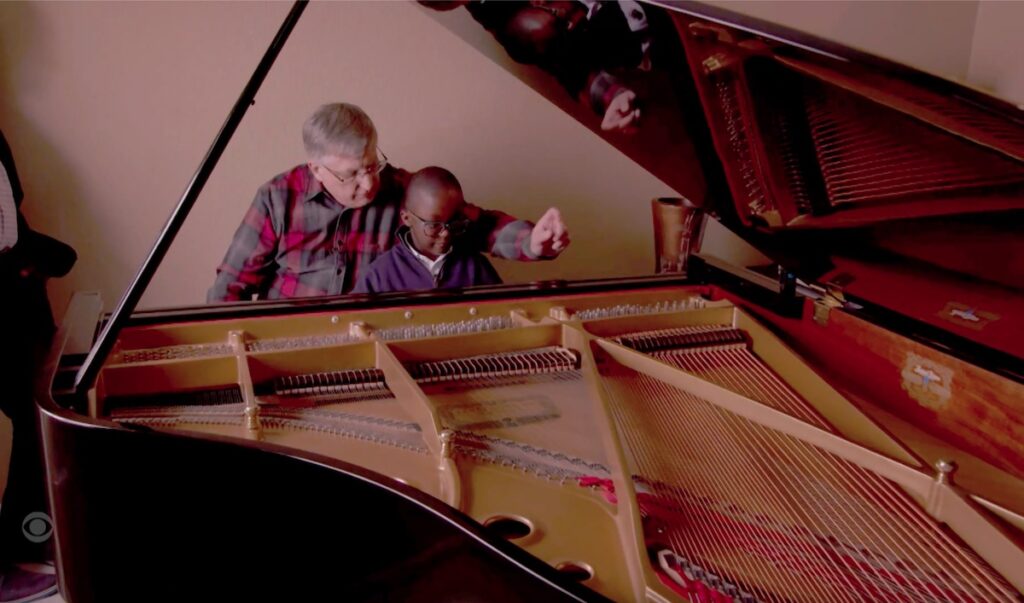
Sometimes, generosity can show up in the most unexpected ways and places by people who make an effort to show someone they care.

Create positive relationships and meaningful connections with family members, classmates, and teachers.
Assess and be sensitive to the feelings and needs of others.
Enthusiastic to understand more about themselves, others, and the world around them.
Fully engaged in the educational process and connected to the school community.

Students will learn about generosity from a young boy who receives a generous gift from a stranger.






K-5
6-12

Educators: Copy the Family Connection and email it to parents, or click here to download a PDF version to email or print.
Watch
Watch the video as a family: https://youtu.be/chL-Z3u3liA.
Discuss
Use these questions to start meaningful conversations about generosity.